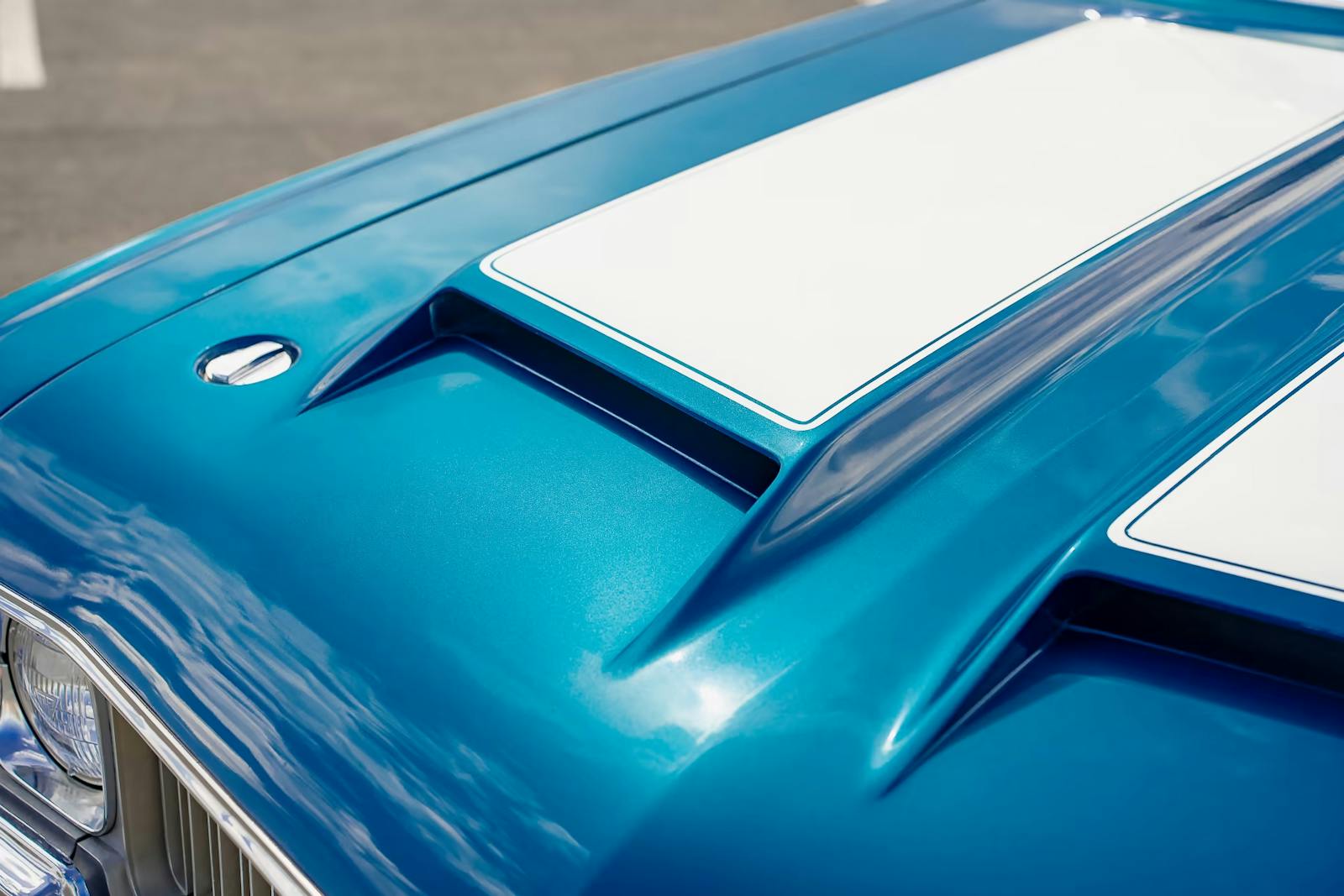Media | Articles
3 lesser-known pony car variants worth remembering
We all know about the Boss 429, Hemi ’Cuda, and ZL1 Camaro, but the muscle car heyday that was so kind to our favorite pony cars isn’t the only era that produced memorable performance or good looks. Once the Big Three got away from the smog-choked, big-bumper late ’70s and found their feet again, smaller, lighter cars with less advertised power managed to impress journalists and the public alike. Here are three picks for cars that fell between the cracks but are with remembering.
1989 Pontiac Turbo Trans Am
20180426134925)
The Buick T-Type, Grand National, and GNX all have a cult following. Their turbocharged and (eventually) intercooled 3.8-liter Buick V-6 engines brought class-leading power that made them a bright spot on the otherwise dull performance landscape in the mid to late 1980s. When GM discontinued its rear-wheel-drive G-body platform and moved to the front-wheel-drive W-body for 1988, it seemed that the turbocharged 3.8-liter Buick V-6 would be gone as well. Thankfully, Pontiac was waiting in the wings to give the turbo six a limited-production sendoff.
Just 1555 production Pontiac Turbo Trans Ams were built in 1989 to commemorate both Trans Am’s 20th anniversary and its selection as the Indy 500 pace car. Most were highly-optioned versions with leather interior and T-tops and all were finished by Prototype Automotive Services, a company contracted to make the turbo V-6 fit in the F-body engine bay and tweak it for more power. It made for an expensive pony car that treaded almost into Corvette territory, but the performance was outstanding. Although rated at only 250 horsepower and 340 lb-ft of torque, the dragstrip numbers say otherwise. When Car and Driver tested the TTA it clocked a 13.4-second elapsed time in the quarter mile and a 0–60 run of 4.6 seconds. Those are numbers that wouldn’t be seen in a Trans Am until the LS1 arrived in 1998. Car and Driver’s Csaba Csere noted, “That means, as we go to press, that the turbocharged Trans Am is the quickest 0–60 sprinter available in any U.S.production car showroom—at any price.”
1984–86 ASC McLaren Mercury Capri
Marketplace
Buy and sell classics with confidence
20180426134853)
Now known as American Specialty Cars, ASC got its start as American Sunroof Company and was known for converting hardtops and T-tops into convertibles. When Ford launched its third-generation Mustang on the Fox-body platform it didn’t offer a convertible, but ASC was ready to make one happen. Before it offered the drop-top on Mustangs however, ASC did its magic on Ford’s Mercury stablemate, the Capri.
The McLaren moniker here has nothing to do with the British supercar company, so don’t expect any engine tuning wizardry or carbon fiber bits. In fact, the powertrains were left untouched, so the venerable 5.0-liter V-8 is your best bet for performance here. Sill, it’s the convertible conversion that drastically changed the look of the car and made it special. A tonneau partially covered the rear seat area, leaving only a small package area behind the front seats. There was also no quarter glass, as later factory Mustang convertibles would use. The resulting convertible Capri looks distinctly European with its angular lines and box flares. Squint and you could mistake it for a Mercedes SL, especially with the top up.
Only 552 ASC McLaren Mercury Capri convertibles were built between 1984 and ’86, making them more rare than their Mustang brethren, whose production lasted for four years and 1806 copies.
1992–93 Dodge Daytona IROC R/T
20180426134910)
The term “IROC” will likely conjure up images of a third-generation Camaro, although in the early 1990s, the Dodge Charger picked up the name for its pseudo pony car. The Dodge Charger was front-wheel-drive and competed more closely with Japanese imports, although if you look at one it’s hard not to see an amalgam of Fox-body Mustang and third-generation Camaro. It’s also the right size for the class. We’re including it here because the R/T package on the IROC offered some surprising performance that went overlooked even at the time.
From its debut in 1983 Daytona used turbocharged 2.2-liter and 2.5-liter versions of the Chrysler four-cylinder, many producing only adequate power. By 1992, the most powerful engine, still at 2.2 liters, had evolved to wear a Lotus-designed four-valve head and produce 224 hp. It might not seem like much compared to today’s pony cars or even a hot hatch, but a contemporary Mustang GT was producing 205 hp at the time.
Only 553 IROC R/T Daytonas were produced over a two-year run, so they’ll be hard to come by, especially in good condition; FWD turbo cars from Chrysler in general were popular with drag racers and were often highly modified.

